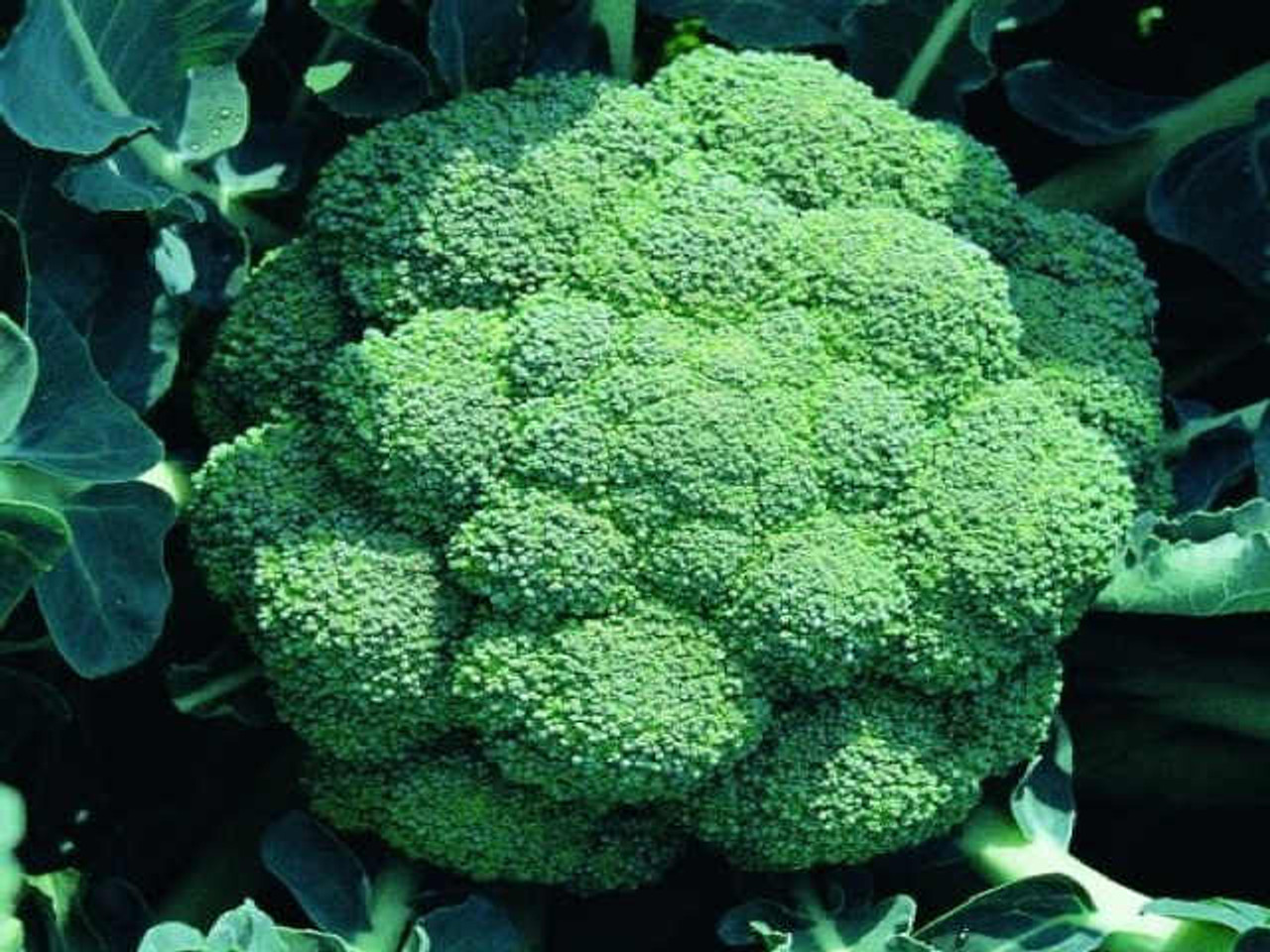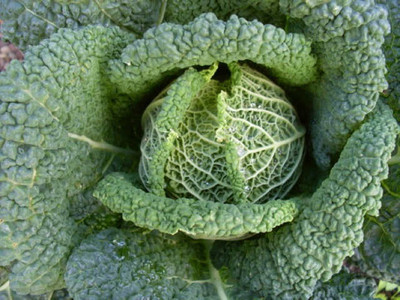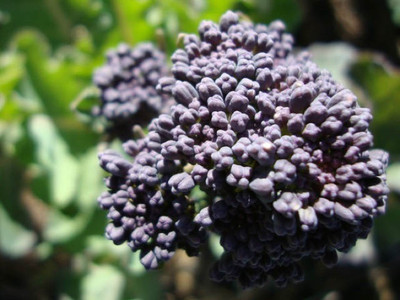The Benefits of Clover as a Cover Crop

I had quite a few emails following my previous article on mycogardening (gardening with fungi) and on my plans to make my garden more biodiverse, so I thought I might as well continue the theme. You may remember one of the images of crimson clover growing in Scott's garden (below) which got me thinking about the importance of covering the soil: both in terms of protecting it from weather and also to support the beneficial networks below the surface.

I had considered myself up to speed on the importance of protecting soil and have been using compost or seaweed mulches for many years as a protective blanket. I rarely use green manures because the beds are usually full with other crops and (because I have mulching materials at hand) I take the easy option and cover them. My morning in Scott's garden has made me think much more about what's going on below ground, so I think I need to change my approach.

Envirogrind Compost & Soil Improver - 60L bags
View ProductRegular readers may remember that earlier this year I shared images of my vegetable garden after I had let weeds get established last Autumn and left them there for the winter (because I figured they were protecting the soil). I regret this now, because I am digging thistles out of some of the beds nearly every week and I have more weed seeds germinating than crops.

There was a positive side however: when I was clearing the beds, I came across much more soil life (particularly earthworms) than I normally would. I think it would also be fair to argue that the fungal networks would have been better supported with growing plants filling the beds rather than a feeding mulch, no matter how nutrient rich that mulch may be.

I would also have to accept that, relative to the amount of space, there are actually very few roots in the soil for a significant part of the growing season. My practice of planting in rows and keeping the surrounding soil weed free not only means that we have limited plant species per bed, we also have a limited numbers of plants full stop.
The contrast really hit home after visiting Scott's garden and then planting out some Brussels sprout seedlings that evening at a seemingly vast spacing (relative to the size of the seedling) of 65cm all round. I often plant lettuce in this space but I was wondering could I be more clever and sow something like clover which may be of more benefit to the sprouts (clover processes and stores atmospheric nitrogen). This is where I again picked up the phone to Clive Bright as - being an expert in organic pasture - he will know plenty about clover.

I specifically asked him about the compatibility of brassica (cabbage family) crops and clover, and was interested to learn that there is a significant overall benefit to be gained - but not in the way that I had thought.

Green Manure Clover Mix CM01
View ProductFirst off, once past the seedling and juvenile stage, most large brassicas have big leaves that cast a lot of shade. In order to fix nitrogen, clover needs energy from the sun so - if shaded out by the brassicas - it won't be of much use as a nitrogen source.

We all know that brassicas are heavy feeders (which is why I thought nitrogen fixing clover would be useful), but I hadn't realised what a toll they take on the soil. Not only do large cabbage family crops significantly diminish overall fertility, they also knock back mycorrhizal populations. This is because their roots don't form relationships with the same fungi strains as other vegetables.

Rootgrow Mycorrhizal Fungi 60g - 1kg Packs
View ProductClover has a number of benefits as a green manure or cover crop. We already know it fixes nitrogen but it also:
- relieves compaction in soils,
- helps release calcium
- guess what? is a superb host for mycorrhizal fungi.
Depleted mycorrhizal networks are not so much of a problem for a cabbage, but their absence will have a negative effect on a following fungi-compatible crop.

So brassicas and clover are good companions when we look at the bigger picture, but (as I said) not in the way I had thought. Clive is suggesting:
- growing clover paths between brassica beds in order to support fungal networks,
- or planting mixed beds where food crop 'blocks' are interspersed with repair and support blocks (containing plants like clover).
The clover does a caretaker job of helping to restore nitrogen, protect soil and keep mycorrhizal networks active.

Calabrese 'Marathon'
View ProductClive also touched on other green manure cover crops and their management (which I will cover properly in a later post), but I found one in particular, annual rye grass, very interesting. Unlike perennial rye grass which comes back every year, an autumn sowing of annual rye will die off in the spring so doesn't become a nuisance. The dense grass mat does a superb job of protecting soil, and builds nitrogen-storing biomass both above and below the ground.

Annual rye is a very effective mycorrhizal host, but is also particularly good at mopping up excess nitrogen produced by nitrogen fixers like clover. Sowing annual rye and clover together may therefore be an efficient cover crop pair for my garden if properly managed. As I said, more on this another day.
As regards my brassica crops, I'm not saying for a moment that I should give up growing them or that they are doing irreparable damage. They will remain a prized and popular crop in my plot. I will however be looking at how I am growing them and other crops in terms of overall garden health, as I continue my quest for a more balanced system.




